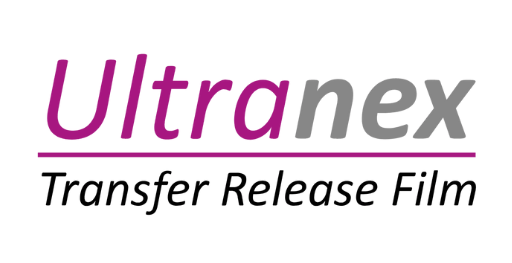A DTF (Direct-to-Film) Transfer Film kit serves as the cornerstone for anyone venturing into the realm of custom apparel and textile printing using the DTF method. These kits are meticulously assembled packages, designed to provide all the fundamental components necessary to create high-quality, durable transfers. At its core, a typical DTF transfer film kit revolves around two key elements: the DTF transfer film itself and the adhesive powder. However, the composition of these kits can vary, with some suppliers offering more comprehensive packages to cater to different user needs.
The DTF transfer film is a specialized material, engineered to receive and retain DTF ink while facilitating its efficient transfer onto fabric. These films are usually available in various sizes, such as A4 or A3 sheets, or in roll form, allowing for flexibility in design dimensions. The film’s surface is treated to ensure optimal ink adhesion and release, contributing to the clarity and vibrancy of the final print. The quality of the film is paramount, as it directly impacts the transfer’s sharpness and durability.
Complementing the film is the DTF powder, also known as adhesive powder. This fine powder plays a crucial role in the transfer process by acting as a bonding agent between the ink and the fabric. Applied to the wet ink immediately after printing, the powder adheres to the ink, creating a layer that, when heated, melts and fuses with the fabric fibers. The type and quality of the powder are vital for ensuring a strong, long-lasting bond. White powder is most common, but black and other colors are also available for specific applications.
Beyond these core components, some DTF transfer film kits may include supplementary items to enhance the user experience. Teflon sheets or parchment paper are often included to protect the heat press and prevent the transfer from sticking. Tweezers or other precision tools can aid in handling the film and powder, while gloves protect hands from the powder and ink. Detailed instructions are also essential, guiding users through the printing, powdering, and heat-pressing processes.
The availability of DTF transfer film kits has democratized custom printing, making it accessible to hobbyists, small businesses, and large-scale operations alike. These kits streamline the process, providing a convenient and cost-effective way to create professional-grade transfers. By carefully selecting a kit that aligns with their needs and ensuring the use of high-quality materials, users can achieve exceptional results and unlock the full potential of DTF printing.
Key Components of a DTF Transfer Film Kit
- DTF Transfer Film
- This is a special PET (Polyethylene terephthalate) film that acts as a carrier for the printed design. It’s designed to accept DTF ink and release it onto the fabric when heat-pressed.
- These films come in sheets or rolls, and can have different finishes, like matte or glossy.
- DTF Powder (Hot Melt Powder)
- This is a fine, adhesive powder that’s applied to the wet ink printed on the film.
- When heated, the powder melts and bonds with the ink, creating a transfer that adheres strongly to the fabric.
- Optional Items that may be included
- Teflon sheets: To protect the design during heat pressing.
- Tweezers: For handling the film.
- Gloves: To protect your hands.
- Instructions.
The DTF Process
- Printing: The design is printed onto the DTF transfer film using a DTF printer with specialized DTF ink.
- Powdering: The DTF powder is applied to the wet ink on the film.
- Curing: The film with the powder is heated to melt the powder and cure the ink.
- Pressing: The cured film is then heat-pressed onto the desired fabric or material, transferring the design.
Advantages of DTF
- Versatility: Works on a wide range of fabrics, including cotton, polyester, blends, and more.
- Durability: DTF transfers are known for their durability and wash resistance.
- Vibrant Colors: DTF printing produces vibrant and detailed prints.
- No pretreating needed for many fabrics.
When searching for DTF transfer film kits, you’ll find various options with different sizes and quantities of film and powder. It’s important to choose products that are compatible with your DTF printer and meet your specific printing needs.
FAQs
How should DTF film be stored?
DTF film should be stored in a cool, dry place away from direct sunlight. It’s best to store it flat or rolled in a way that prevents creasing. Humidity and extreme temperatures can negatively affect the film and the adhesive coating.
What is the shelf life of DTF film?
The shelf life can vary depending on storage conditions and the manufacturer. Generally, it’s recommended to use DTF film within 6-12 months for optimal results.
Can I reuse DTF film after printing?
No, DTF film is typically a single-use product. Once the design and adhesive are transferred to the fabric, the film is discarded.
What are the common applications of DTF film?
DTF film is widely used for customizing apparel like t-shirts, hoodies, bags, hats, and sportswear. It’s also used for creating promotional items, and even for applications on some hard surfaces that can withstand heat pressing.







